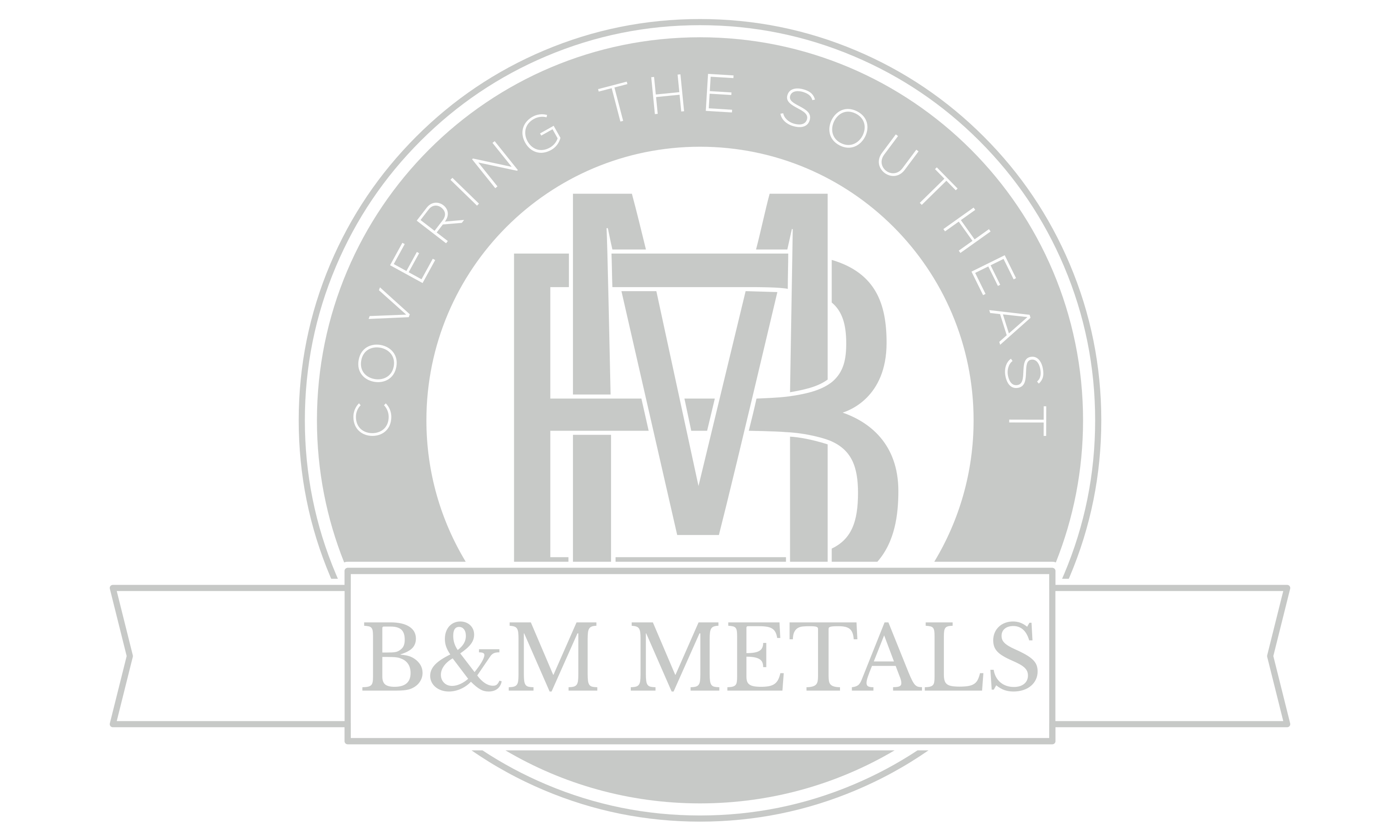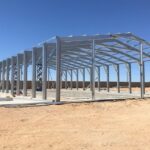When it comes to modern construction, metal buildings consistently outperform wood structures in durability, efficiency, and sustainability. While wood has been a traditional material for centuries, metal offers distinct advantages that make it a superior choice for various applications.
Durability is one of the key reasons metal buildings are better than wood. Steel is resistant to rot, mold, and pests, which are common issues with wood construction. Metal structures also withstand extreme weather conditions, including heavy winds, snow, and even seismic activity, better than wood. This resilience translates to fewer repairs and a longer lifespan.
Metal buildings also offer cost-efficiency over time. While initial material costs may be comparable or slightly higher for metal, the reduced maintenance and repair needs make it a more economical choice in the long run. Additionally, metal construction often requires less time to assemble, reducing labor costs.
Fire resistance is another significant advantage. Unlike wood, which is highly flammable, steel is non-combustible, providing enhanced safety and potentially lowering insurance premiums.
In terms of sustainability, metal outshines wood as well. Steel is 100% recyclable, making it an environmentally friendly option. Using metal also reduces deforestation, contributing to sustainable building practices.
Finally, metal buildings are more customizable and adaptable, allowing for clear-span designs that maximize usable space without the need for interior support columns.
From strength to sustainability, metal buildings provide long-term benefits that make them a better choice than wood for modern construction needs.

